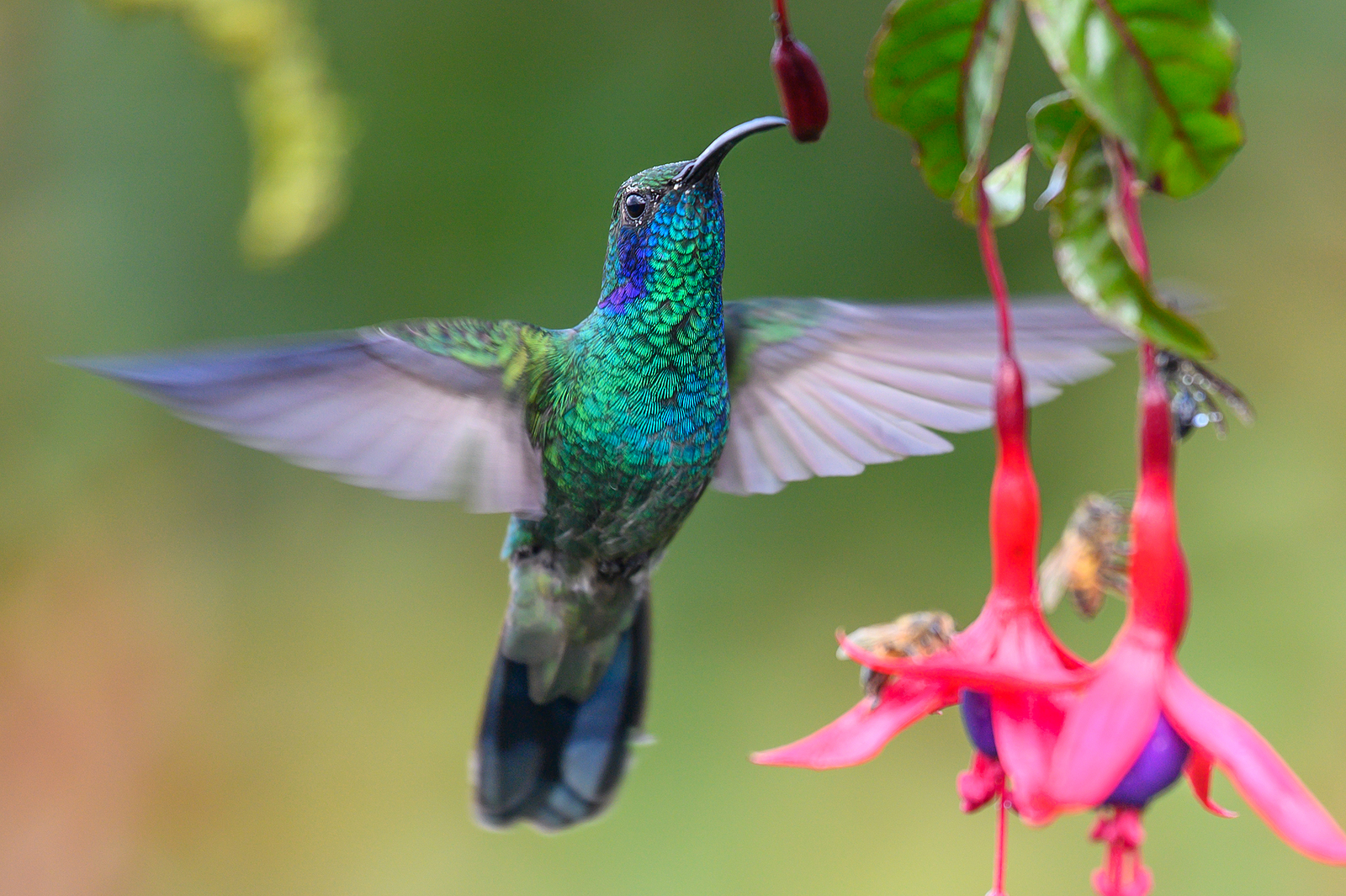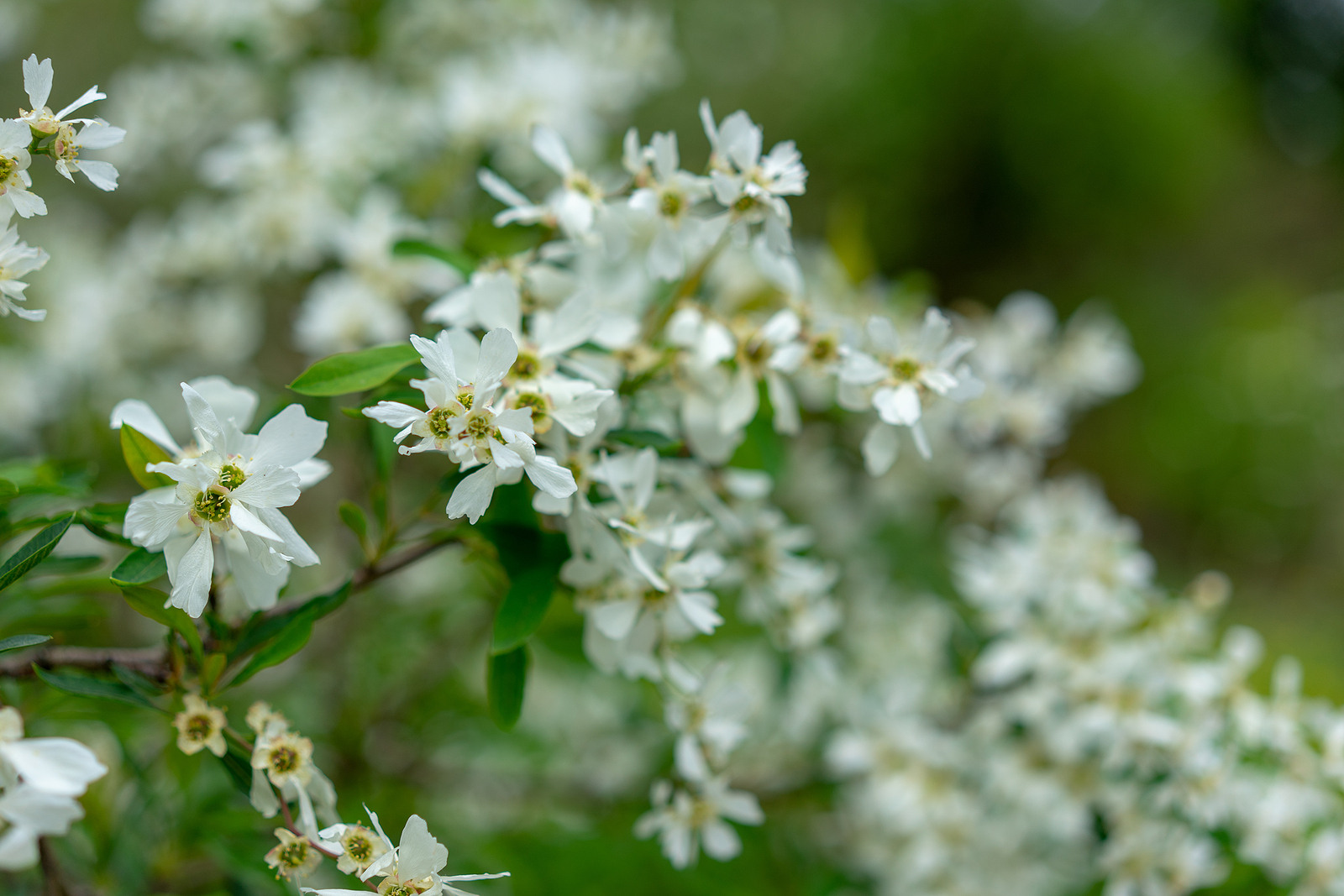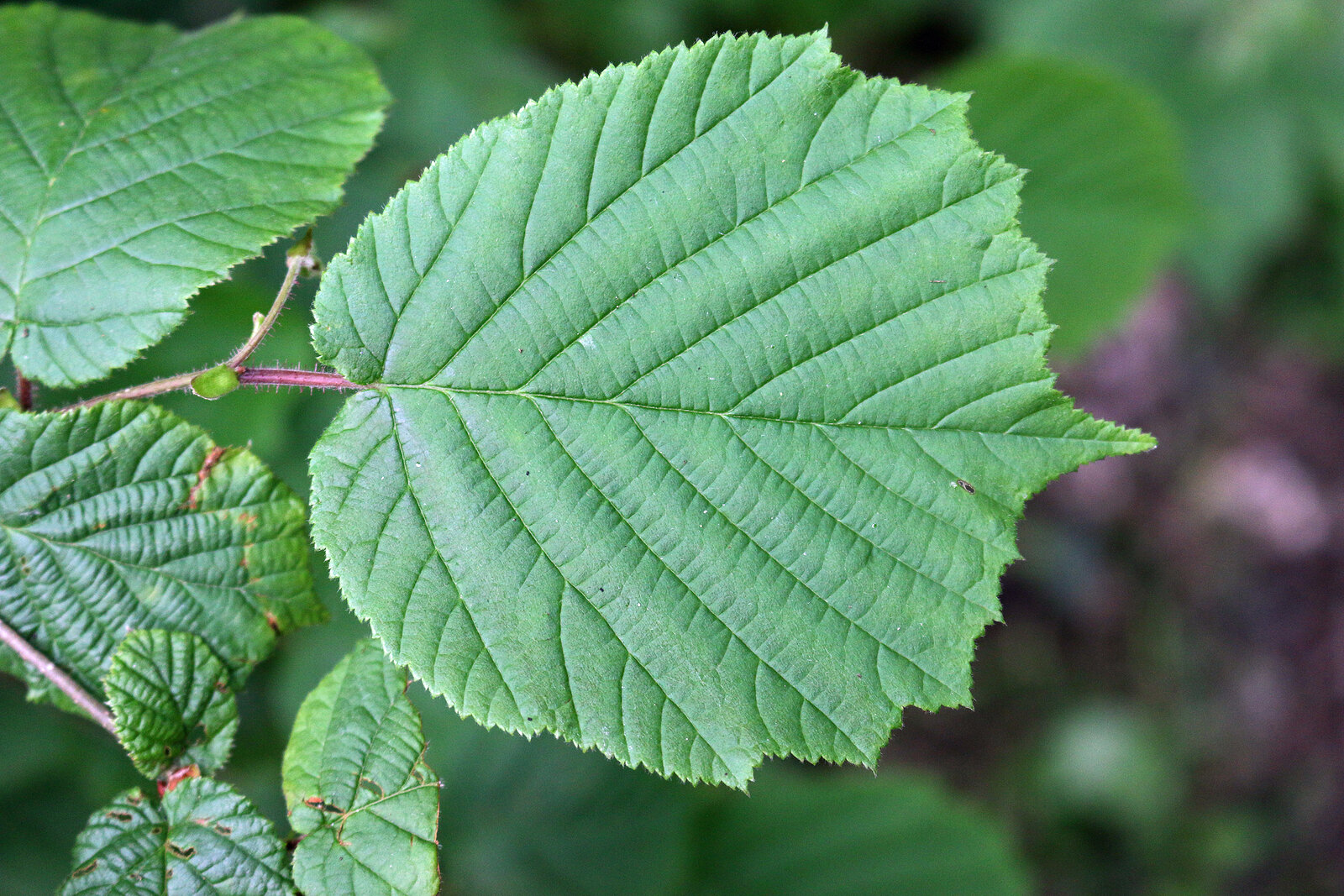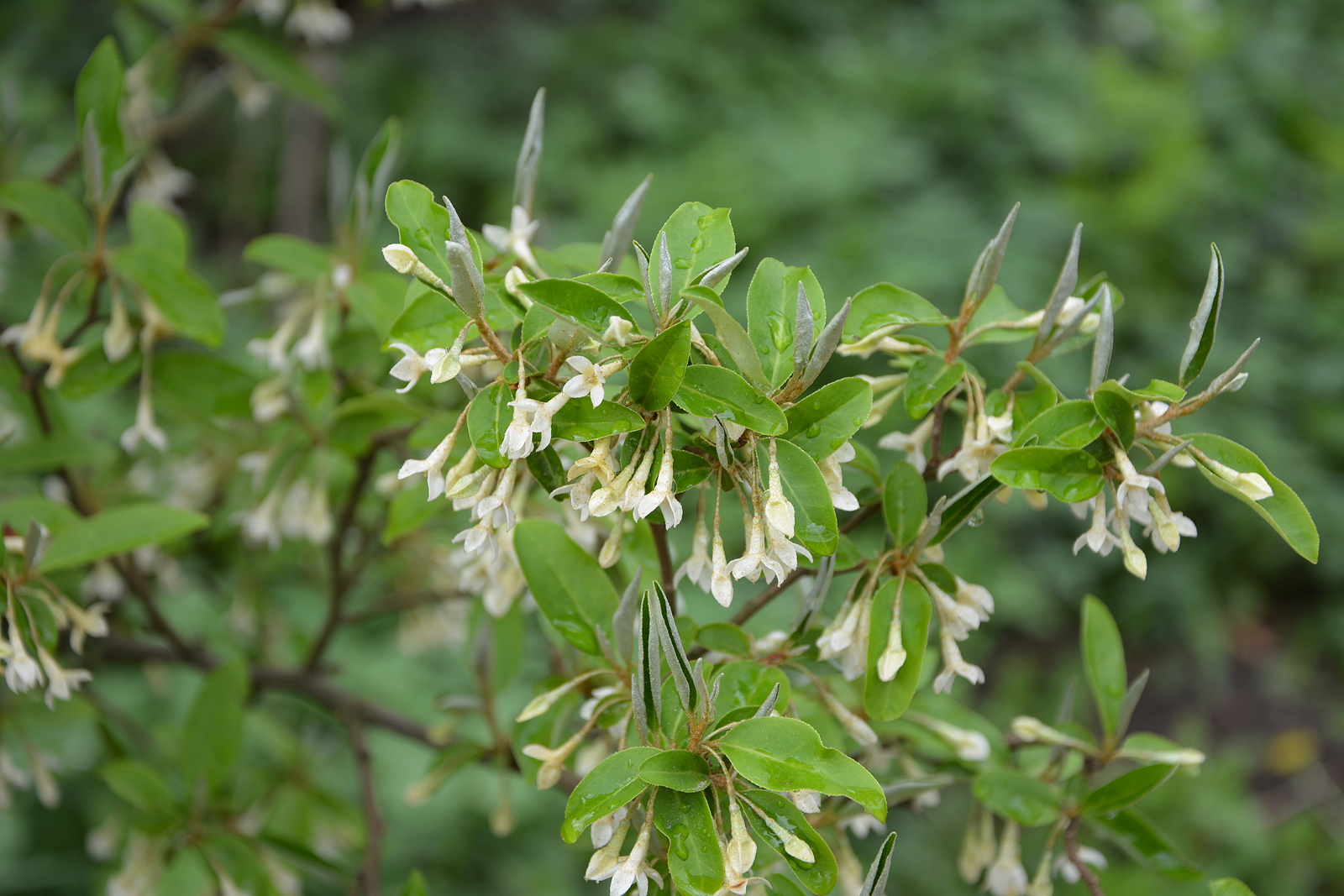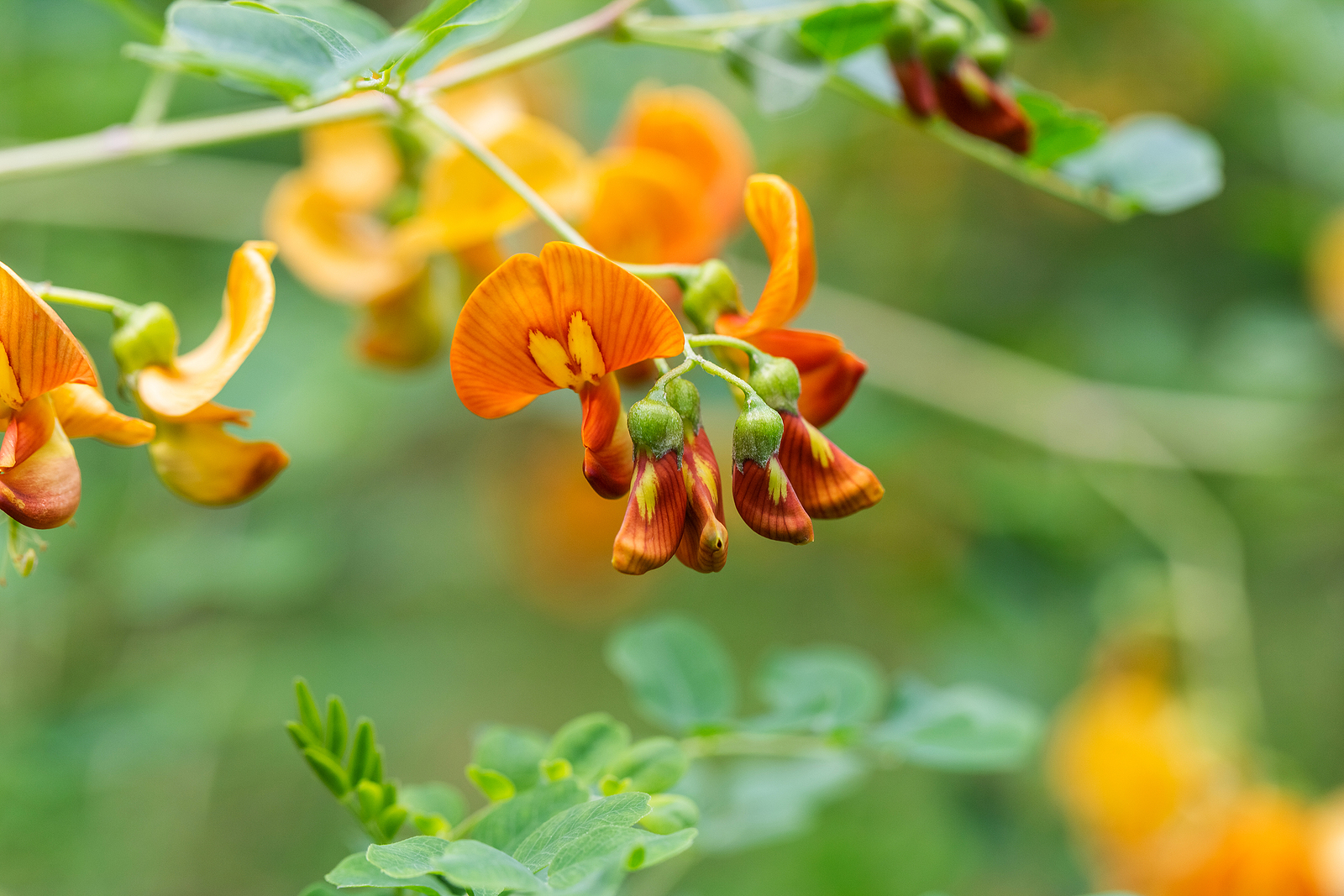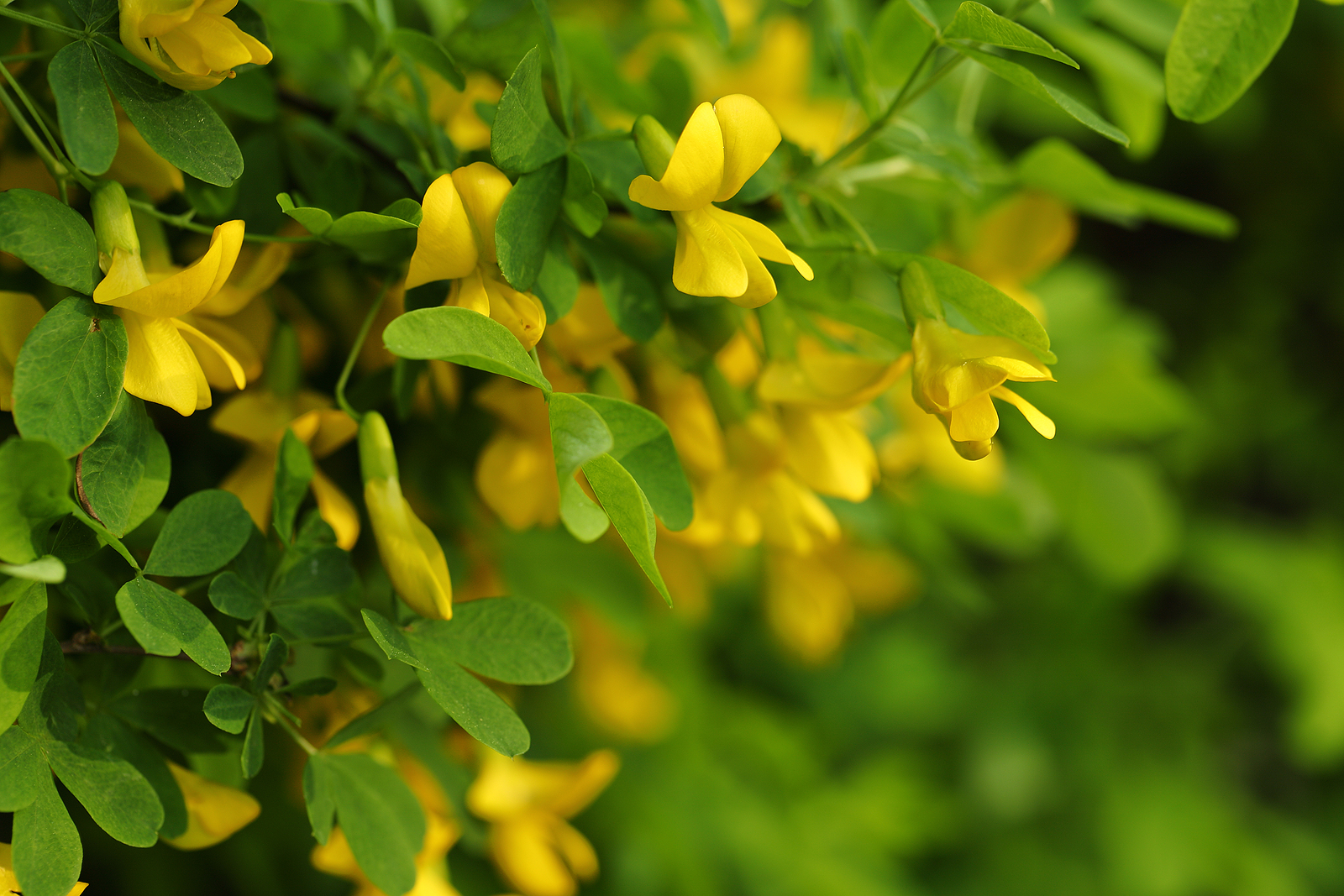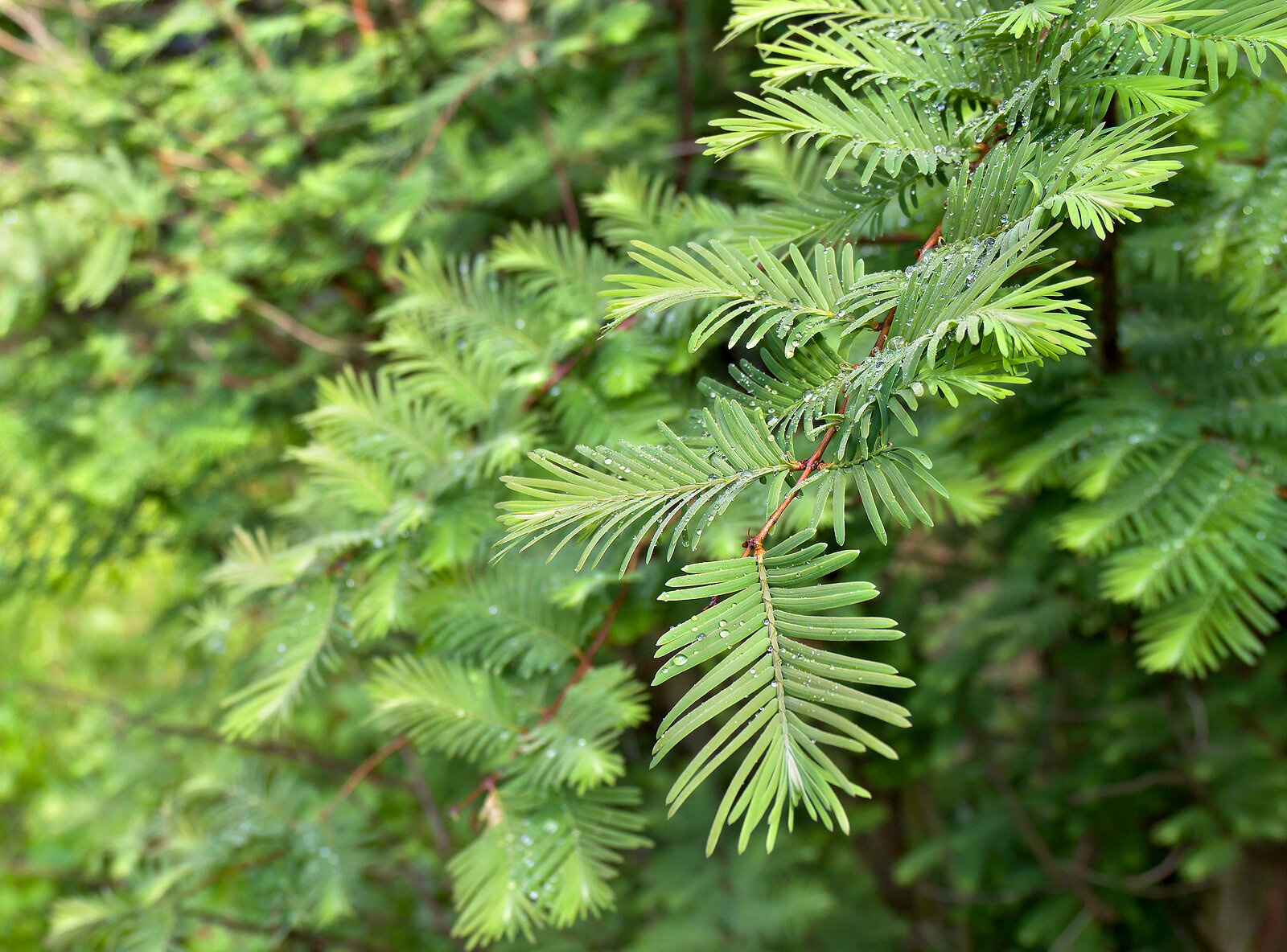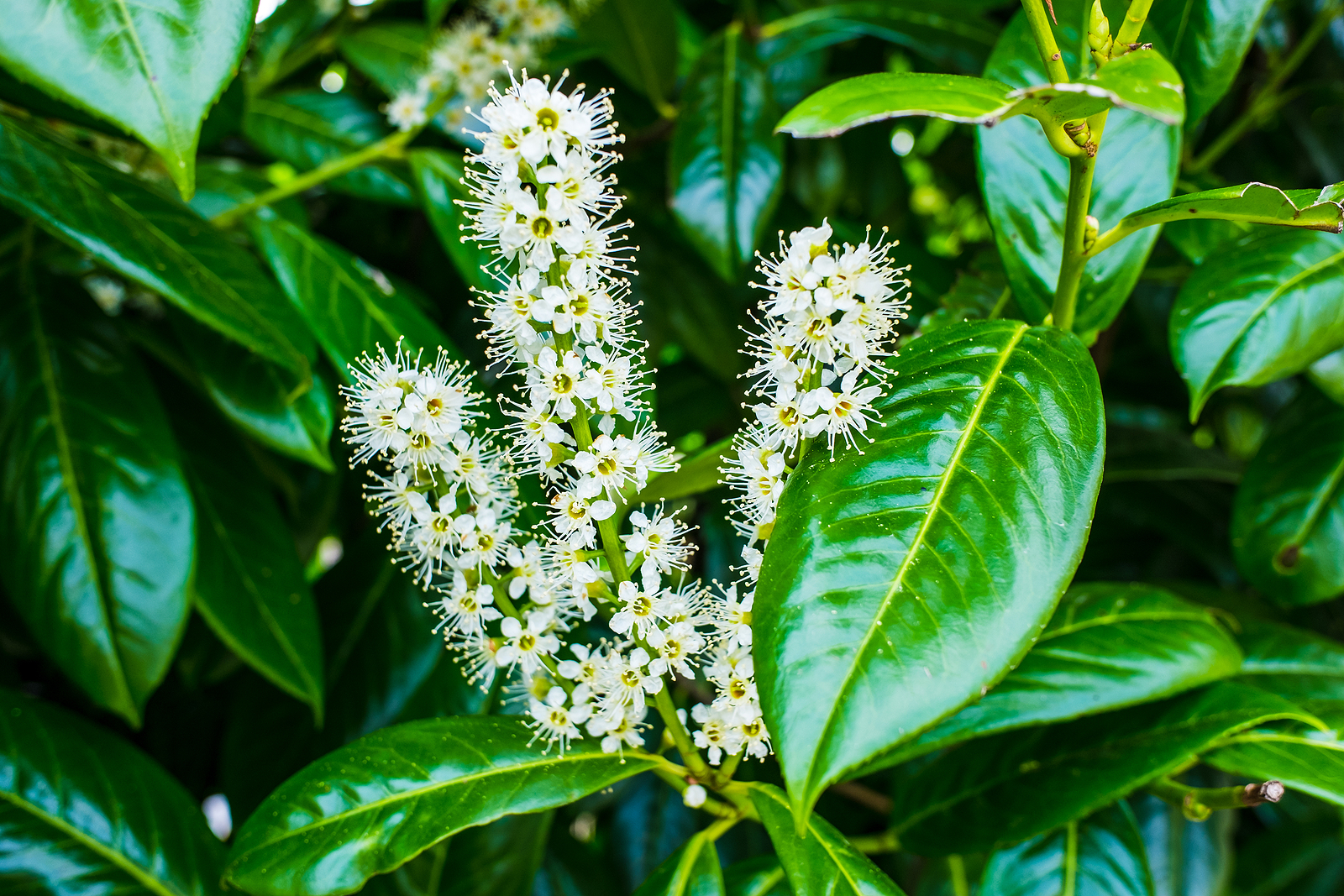40 Plants to Attract Hummingbirds
To attract hummingbirds to your garden provide a habitat that will give them food, water, shade, and shelter. Plant flowering shrubs, trees, perennials, annuals, and vines on which they can perch and nest, and from which they can get the nectar they need to thrive. Hummingbirds rely on bright colors to find their food. Choose […] More

